How To Remove A Tattoo – A Complete Guide To Follow
Learn the behind-the-scenes of the tattoo removal process before you go for it.
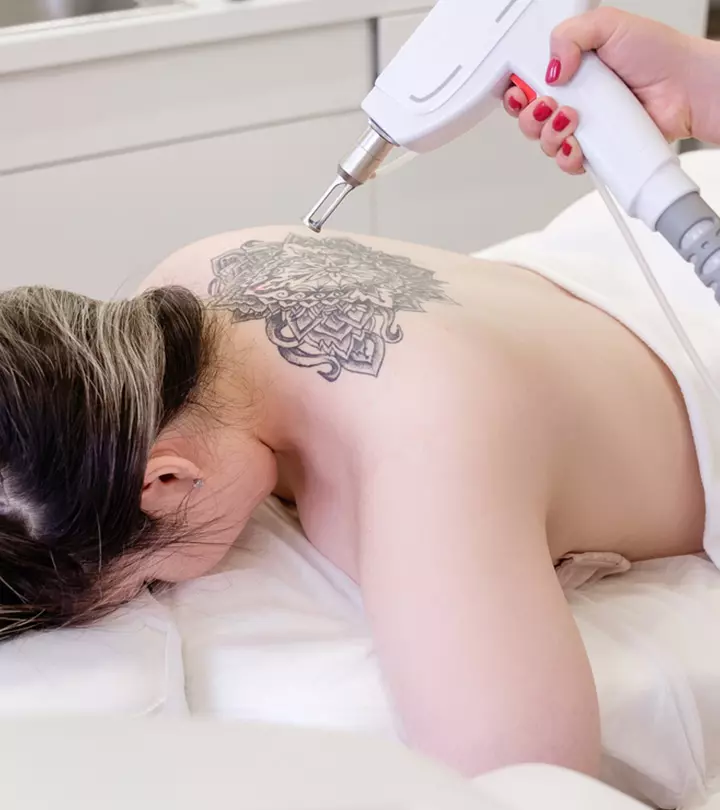
Image: Shutterstock
It is easy to get a tattoo but removing it can be tedious. You can try cover-up makeup, but if you want to get rid of it, do not worry! In this article, we will teach you how to remove a tattoo easily. You might want to get rid of the tattoo for many reasons. Maybe the color has faded, or you have changed your mind. Maybe you do not hold the belief that you held back in the days when you got yourself inked a tattoo that represented your belief, or maybe you just changed your mind. Whatever the reason, removing it is possible today due to technological advances.
Although previously permanent tattoos were removed through surgery, which would leave a scar in the inked area, laser therapy can do the job better today. So, scroll down to learn more.
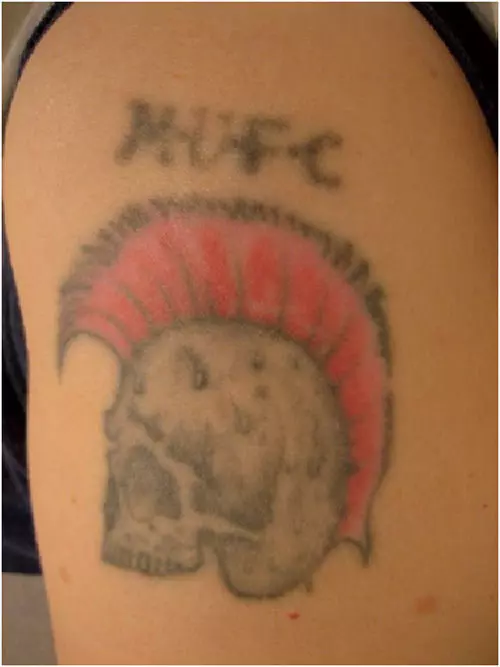
Permanent tattoos are meant to last forever and it is next to impossible to remove the ink leaving no traces. Earlier tattoo removal was usually done using surgery techniques which left scar marks. With recent advances in technology, laser therapy has now become the standard for removing tattoos.
How to Remove Tattoo?
In This Article
1. Laser tattoo removal:
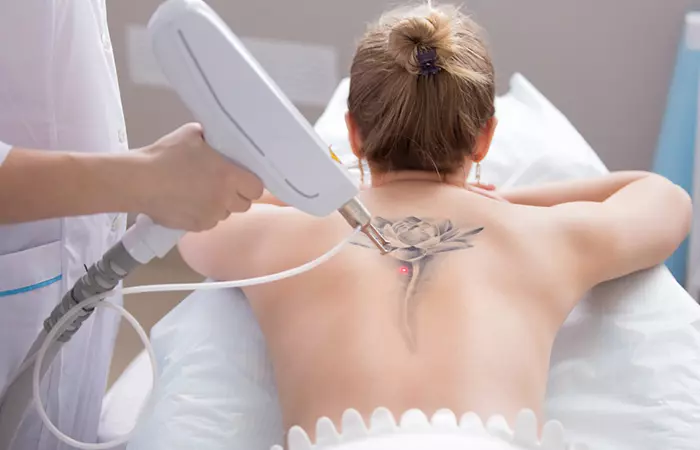
Laser removal is the most common method of tattoo removal. Today’s modern laser removal is capable of removing multi colour tattoos with minimal scarring. Jingxi Gu, a licensed tattoo artist says, “Laser treatment is painful and takes multiple treatments, but it is generally effective and is the most standard way to remove a tattoo. Be aware that there are cases where laser does not work well, depending on the skin.”
The laser treatment consists of breaking and lightening the ink in the tattoo which is then naturally absorbed through the body’s lymphatic system and results in fading of the tattoo.
Tattoo removal through laser treatment depends on a number of factors like the ink used, the amount of diverse colours used and the size of tattoo. The number of sessions required wary based on these reasons, the average sittings being 6 to 15. The therapist will first apply anaesthesia to the tattooed region before starting the sessions. Each session takes around 20 minutes.
Smaller tattoos are easier to remove and same is the case with older tattoos because it is relatively easy to break down the ink in both the cases. Black and green ink on light skinned people is easiest to remove in contrast to pastel and floral colours. Removing tattoo from chest and head area is very difficult. Simple tattoo can be removed within 2 to 3 sessions but removing complex tattoos require a series of treatments ranging from 15 to 20, spaced approximately 8 to 10 weeks.
 Did You Know?
Did You Know?Side effects of laser tattoo removal:
Side effects of laser tattoo removal include hyper pigmentation of the skin, burning, pain, redness and swelling of the area. Other possible side effects includes infections or a permanent scar.
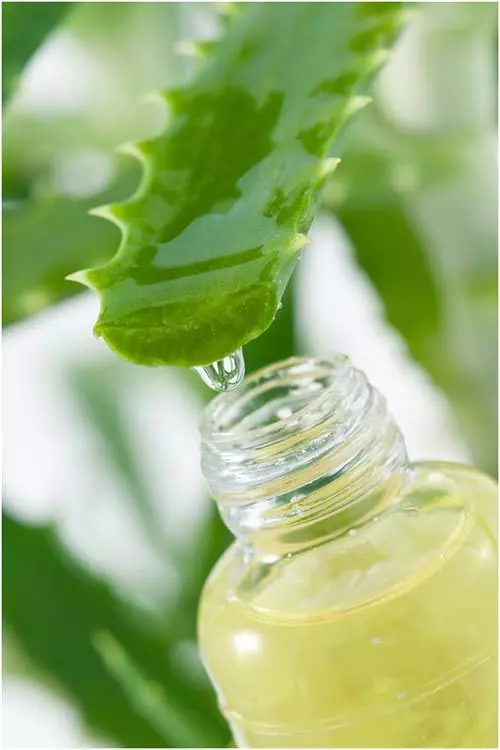
Key Takeaways
- Laser therapy breaks the ink in the colored tattoos and lightens their appearance.
- This therapy may cause permanent scars, redness, and burning of the area.
- Apply the mixture of aloe vera gel and sand powder to the tattoo and scrub it gently with a pumice stone to fade the tattoo.
2. How to remove tattoo at home: Home remedies
There a lot of professional tattoo removal process but they can be expensive and extremely painful. Tattoo removal at home is the safest and cost effective way to get rid of a tattoo. This process will not get rid of the tattoo completely but it will lighten the tattoo to a great extent.
- Make a mixture using aloe Vera gel, apricot and Vitamin in equal proportion. Apply the mixture on tattoo and massage in circular motion. Then leave the mixture for some time and wash it off with cold water. Repeat this procedure 2 to 3 times a day for around 4 weeks.
- Make a mixture of sand powder and aloe Vera gel. Apply it on the tattoo and rub gently with pumice stone. Repeat this 2 to 3 times a day and you will see your tattoo fading.
- Wax paper method is especially for those who can tolerate harsh and painful techniques. Apply a wax paper on the tattoo followed by keeping a hot iron which will burn off the tattoo. You need to cover-up the burn with bandages and it has to be changed every half an hour. This method is very dangerous and risky and should be avoided.
3. Tattoo removal cream:
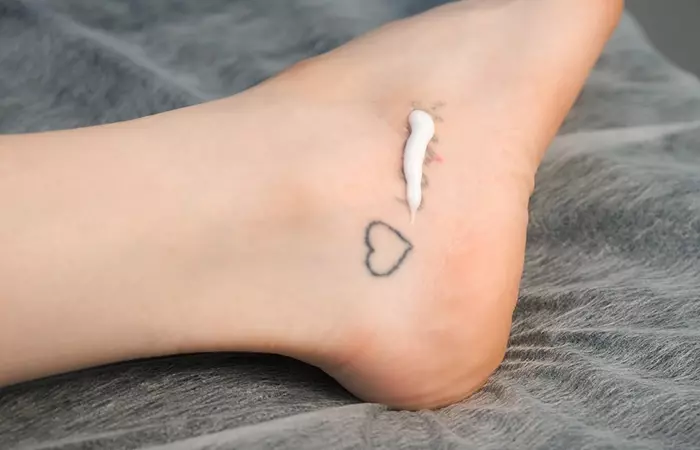
If you have an old tattoo that you are contemplating removing, and find yourself wondering – does tattoo removal cream work? Then here’s what you need to know. They are the cheapest and least painful method to get the tattoo removed. Constant use of the home removal procedure and tattoo removal cream will give very good results. Tattoo removal cream should be applied regularly for 6 weeks, at least 2 to 3 times a day on the tattoo. These creams are quite expensive so you will need to keep the cost in mind while purchasing these from the markets and opt for the best cream available. This is definitely the least painful answer to how to remove tattoo from skin,
There is also a tattoo removal solution available in the market which contains 1% of hydroquinone. This chemical fades the tattoo on a long term basis since it contains bleach. You need to use an exfoliator or a cleanser to rub the tattoo with these.
 Quick Tip
Quick Tip4. Other medical methods:
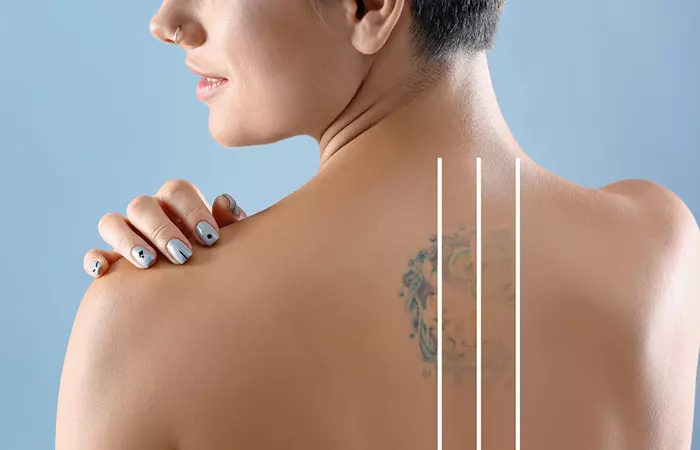
The other methods of tattoo removal are not so effective and are more painful than other methods mentioned here. These other methods include:
- Dermabrasion:
This method removes the topmost layer of the skin through abrasive friction.
- Sal abrasion:
A salt solution is rubbed on the skin and is heated and scraped away (ouch)
- Excision:
This is a deadly method where the skin over which the tattoo is inked is cut away and the skin in sewn together.
Both the methods are extremely painful and dangerous and results in severe scarring and is used in extreme cases only when laser treatments do not work.
While these medical treatments can help you remove any tattoo, you should focus on following the right aftercare and recovery tips to aid the healing process. Scroll down to learn more!
Aftercare And Recovery
Once you remove the tattoo, proper care is extremely important to heal the skin effectively. Here are some key guidelines to ensure fewer complications and optimal healing:
- For the first two days after the treatment, avoid wearing tight, dirty clothing that may irritate the affected area and restrict the healing process.
- If your practitioner has requested, keep the area covered with a bandage or dressing for protection.
- Hygiene is paramount! Gently clean the area with warm water and a mild soap, ideally twice a day. Pat the area dry instead of rubbing it to prevent irritation
- Avoid exposing the area to irritants like perfumes or harsh soaps.
- Avoid picking at any scabs or blisters that form as your skin heals, as this may lead to infections or scarring.
- Your skin will be sensitive after treatment, so you need to protect it from the sun. If you are going outside, cover the area with loose clothes. Once the skin has healed, you can apply a high SPF sunscreen.
- Moisturizing the area may minimize irritation and aid healing. Use the recommended ointments, such as Aquaphor or Vitamin E oil. However, do not use antibiotic ointment like Neosporin, that may worsen blisters.
- Allow your body to rest fully and hydrate well to let it heal.
If you have unusual symptoms, if you have concerns or for any other reason during healing, talk to your practitioner. They can assist you in getting more-personalized advice suited best to your situation. These aftercare guidelines will ensure that you promote a smoother recovery and the best results following tattoo removal.
Infographic: Preparing For A Laser Tattoo Removal
Laser removal is your best bet if you want to get rid of a permanent tattoo quickly. With the advancement in technology, it is possible to get rid of the most stubborn inks of all colors. However, the process could be a little discomforting, and you need to make minor lifestyle changes before you go for the treatment. The infographic below lists a few things you can do to physically and mentally prepare yourself for a laser tattoo removal. Illustration: StyleCraze Design Team
Tattoos are a fun, creative, and exciting way to express your sense of style. However, with time, our personalities, priorities, and styles change. Your tattoo, which meant the world to you, now has no meaning and should be removed. So if you have wanted to know how to remove permanent tattoos safely and effectively, there are various removal options. The above steps on removing a tattoo design will guide you on what you should do next and how to do the aftercare. Laser removal is a popular and effective method. There are a few home remedies; however, they can only lighten the tattoos and not remove them. Remember that you may still have some traces left behind if you have a permanent tattoo. In case you see anything unusual on your skin, visit a dermatologist.
Frequently Asked Questions
How long does the tattoo removal process usually take?
Generally, most tattoo removal procedures are a multi-session affair, requiring several months to even years of treatment for best results. Sessions are spaced six to eight weeks apart, as the skin requires time to heal, allowing the body to wash away the ink particles broken during the treatment process. For laser removal, most clients notice fading after three sessions, but complete removal often requires between six to twelve treatments. Similarly, other tattoo removal procedures may also take months or a year to show some progress, depending on size, color, and the depth of the ink in the tattoo.
What is the fastest tattoo removal process?
The picosecond laser is believed to be the fastest and most effective way of removing tattoos. It can remove almost any tattoo ink.
Can you remove a tattoo with a needle?
You may remove the stick and poke tattoos with a needle. But it must be done by a professional.
How to remove tattoos naturally?
You cannot. Salt and lemon can help bleach and lighten the tattoo to some extent but cannot permanently remove it.
Does Vaseline remove tattoos?
Vaseline is a petroleum-based product that may lighten or fade your tattoo but it cannot altogether remove the tattoo.
How much does tattoo removal cost?
Tattoo removal costs can range anywhere between 50 to 100 dollars. The charges also depend on the tattoo area and the experience of the tattoo expert.
Which tattoos cannot be removed?
Green and neon color tattoos are the hardest to remove and require multiple treatments.
Does tattoo removal work on dark skin?
Yes, however, it takes more sessions to remove tattoos on darker skin than on lighter skin.
What skin type is best for tattoo removal?
It is easiest to remove tattoos from lighter skin. But, no matter the skin type, tattoo removal is a long and often painful process.
What should I expect during and after a tattoo removal session?
Tattoo removal can be painful if it is your first session. You may expect slight redness, swelling, and itching.
Illustration: How To Remove A Tattoo – A Complete Guide To Follow
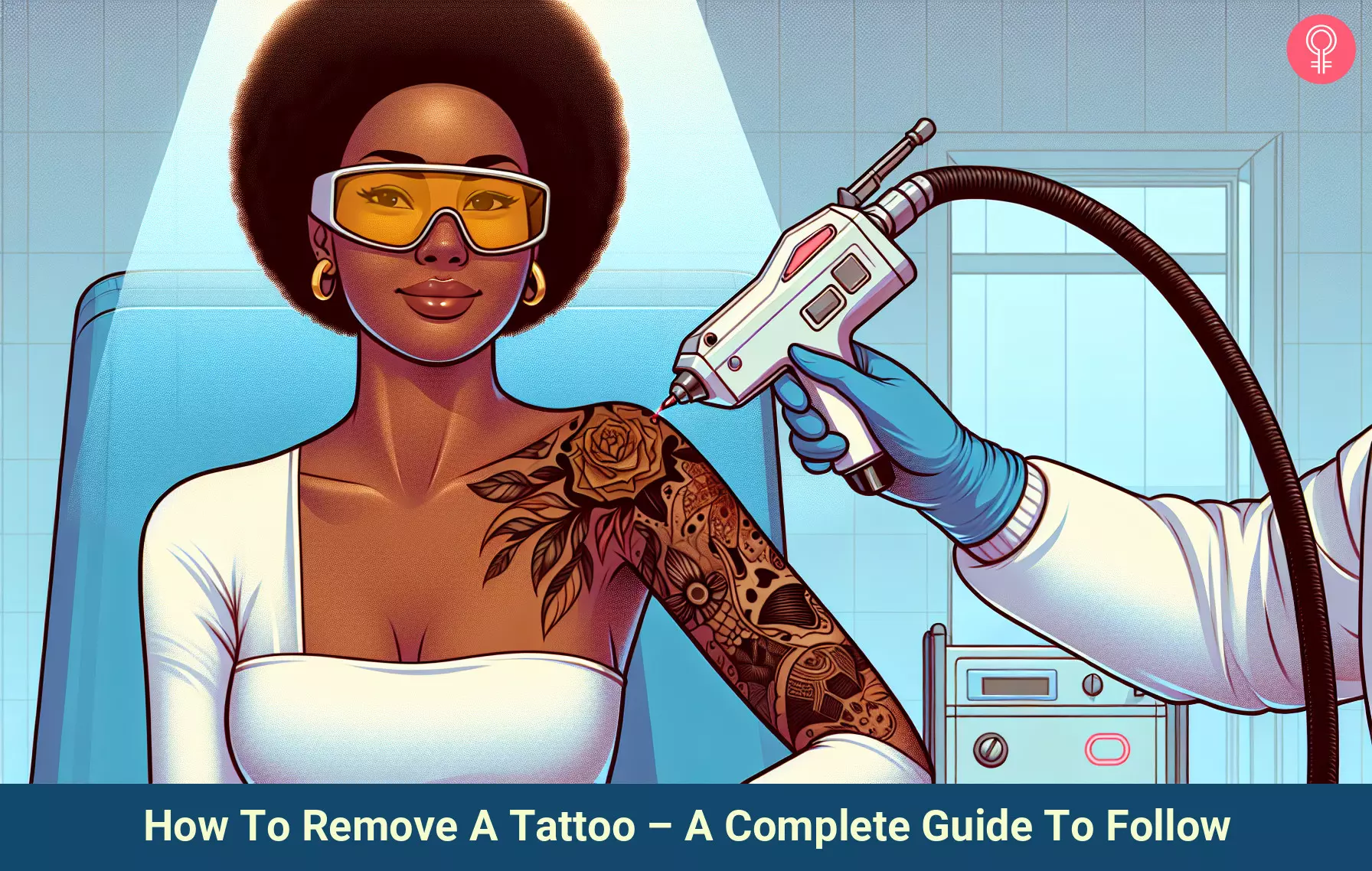
Image: Dall·E/StyleCraze Design Team
Image Source: 1
Learn how to remove a tattoo with the most effective treatment! Watch this video to get rid of unwanted ink quickly and safely with this step-by-step guide.
Read full bio of Jingxi Gu
Read full bio of Nisha Baghadia
Read full bio of Asmita De
Read full bio of Joyce Joyson






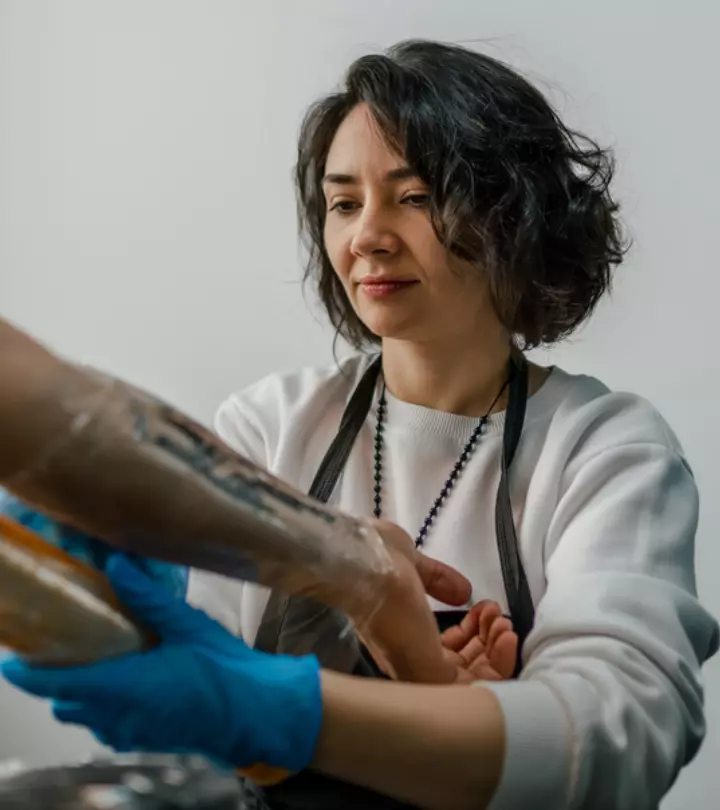
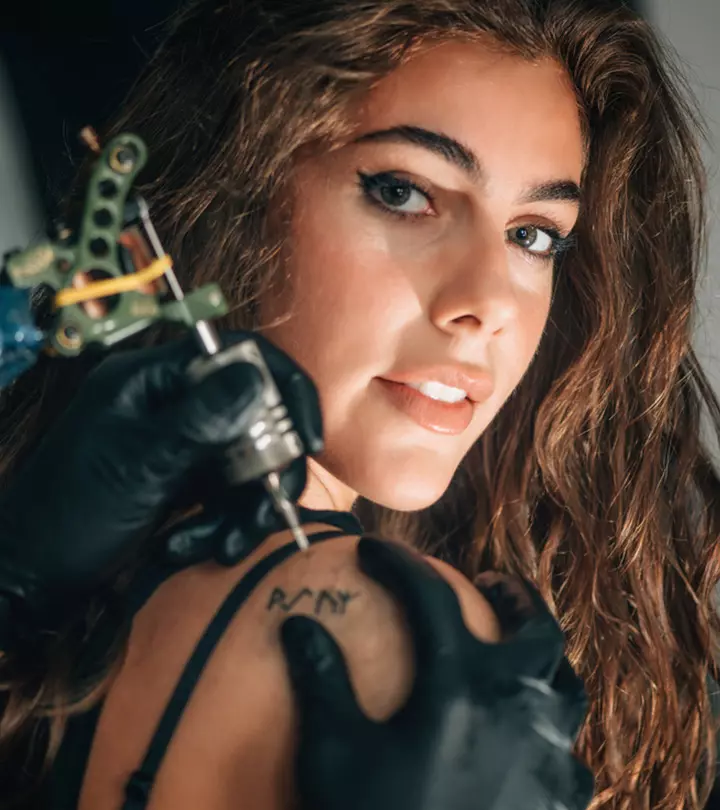


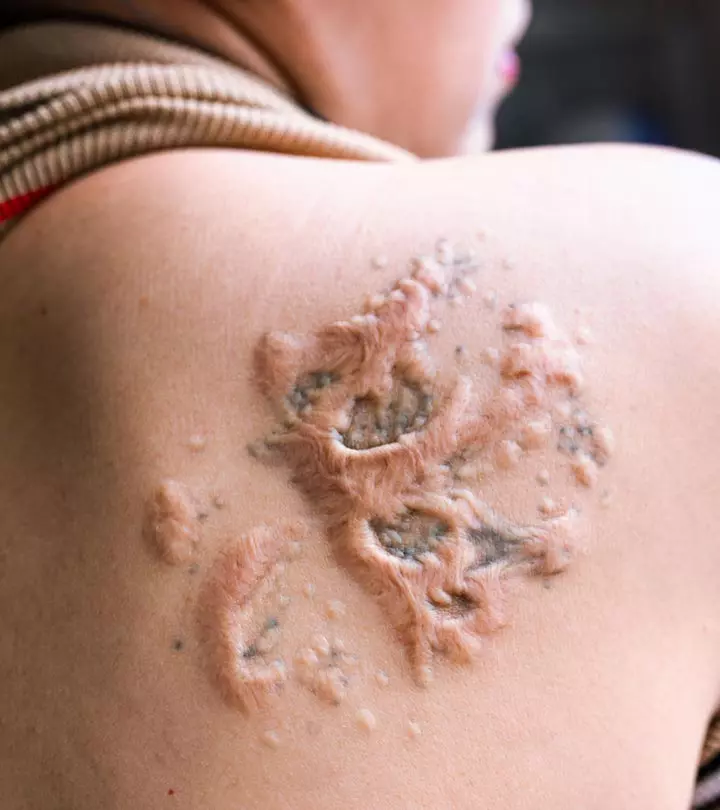

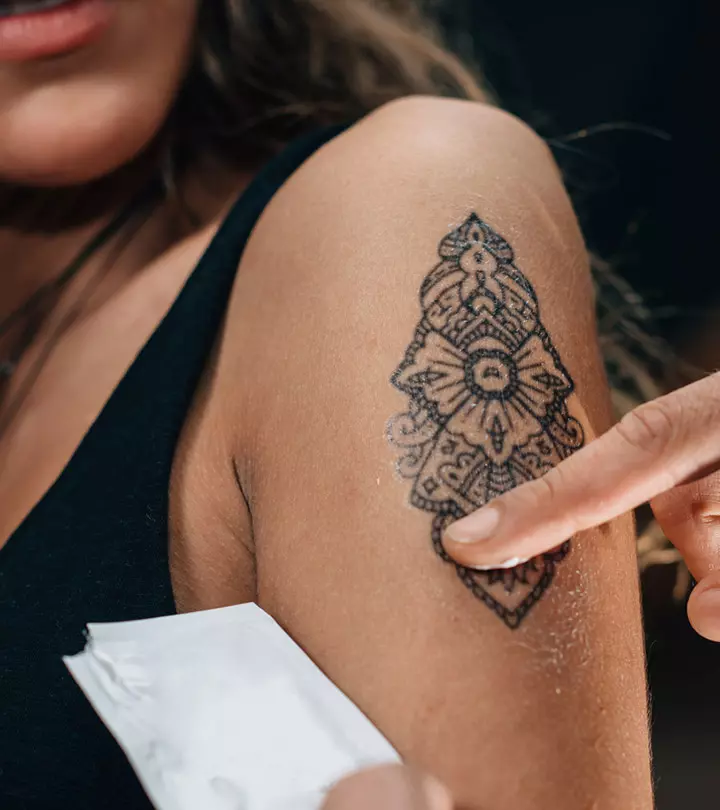
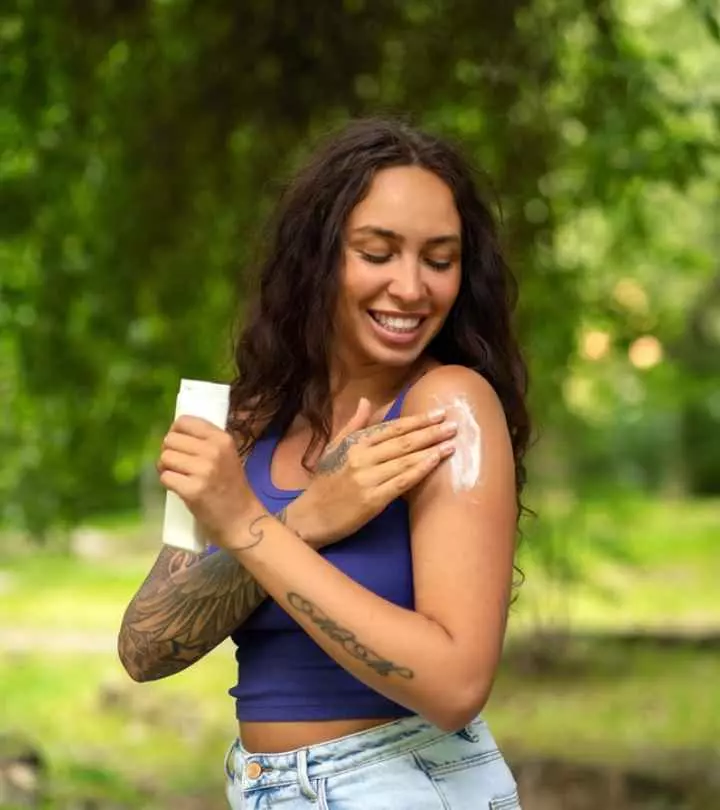


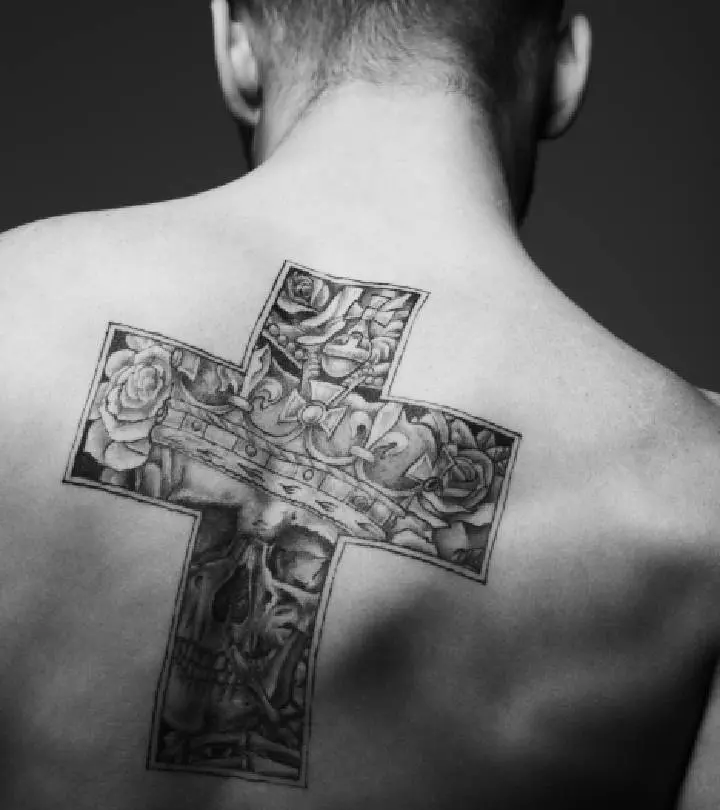
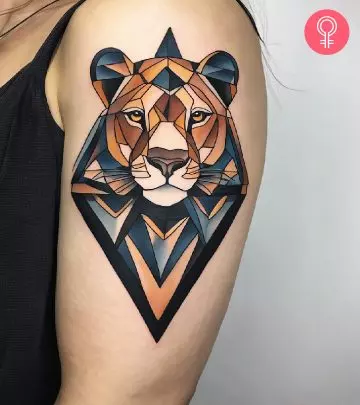

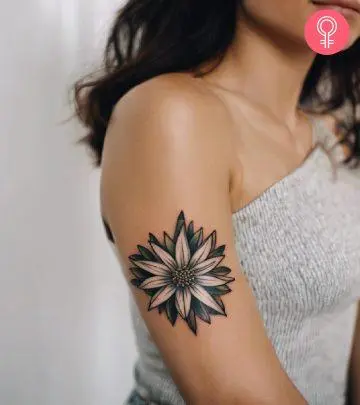
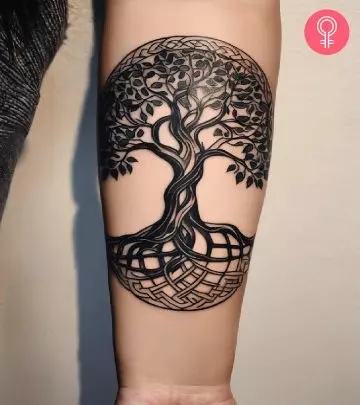
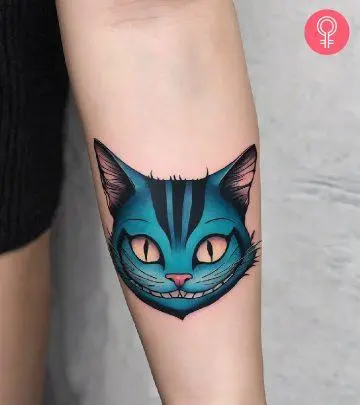
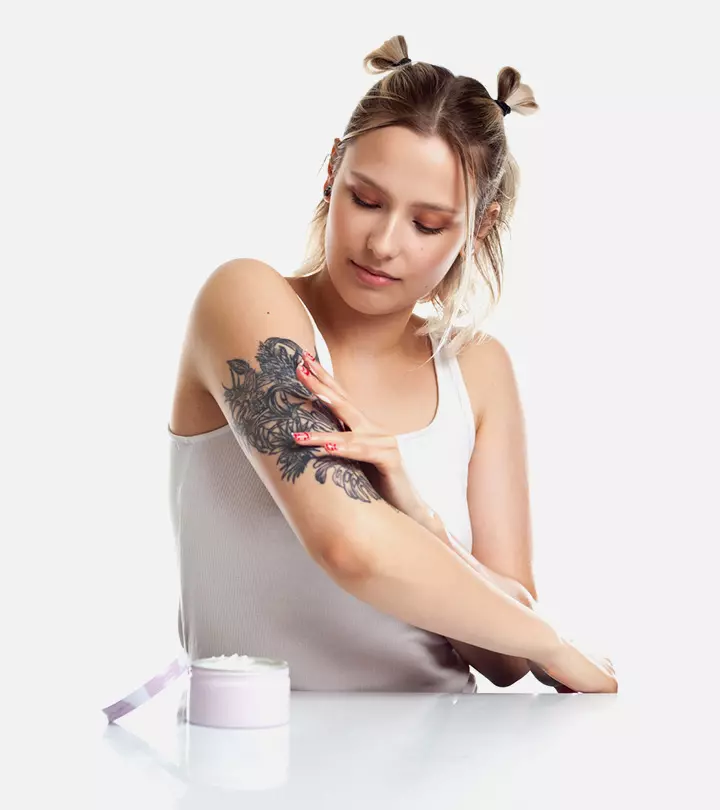




Community Experiences
Join the conversation and become a part of our empowering community! Share your stories, experiences, and insights to connect with other beauty, lifestyle, and health enthusiasts.